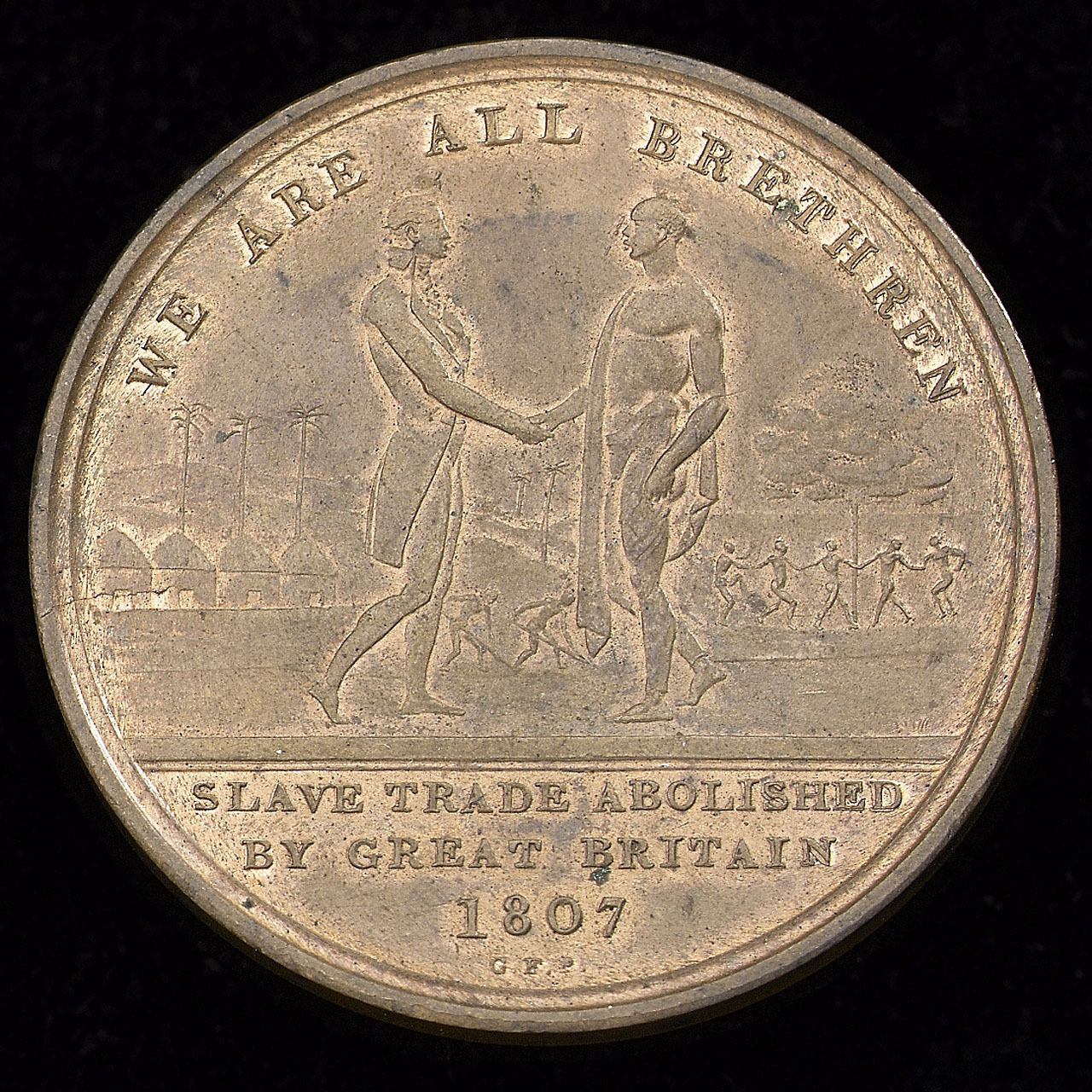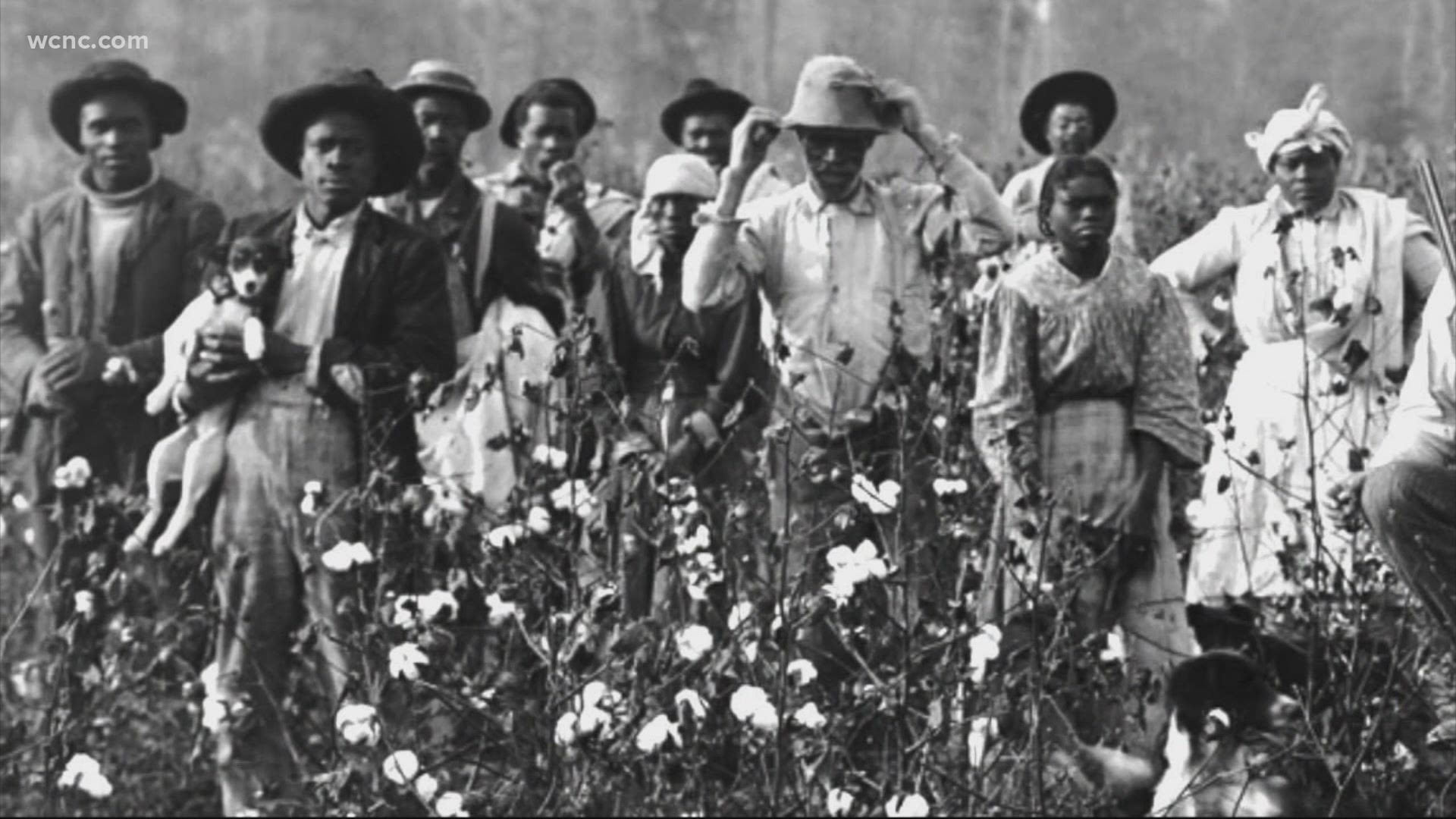Table of Contents
Introduction
When was slavery abolished? This question has intrigued historians, scholars, and the general public for centuries. Slavery, one of the darkest chapters in human history, has left an indelible mark on societies across the globe. Understanding the timeline of its abolition is not only crucial for historical knowledge but also for recognizing the ongoing struggles against modern forms of exploitation.
Slavery has existed in various forms since ancient times, but the transatlantic slave trade, which began in the 16th century, marked a particularly brutal and dehumanizing era. Millions of Africans were forcibly transported to the Americas, where they were subjected to unimaginable suffering. The abolition of slavery was a long and arduous process, driven by the efforts of abolitionists, activists, and ordinary people who fought for justice and equality.
This article delves into the historical milestones of slavery abolition, examining when and how slavery was officially ended in different parts of the world. By exploring the key events, figures, and movements, we aim to provide a comprehensive overview of this critical topic. Whether you're a student, researcher, or simply curious, this article will equip you with valuable insights into the abolition of slavery and its lasting impact on humanity.
Read also:Exploring The Fascinating World Of Y Web Series
Historical Background of Slavery
Slavery has been a part of human civilization for thousands of years, with its roots tracing back to ancient Mesopotamia, Egypt, Greece, and Rome. In these early societies, slavery was often a result of war, debt, or punishment. Captured enemies and individuals unable to repay debts were commonly enslaved, serving as laborers, domestic workers, or even soldiers.
The transatlantic slave trade, however, marked a significant and devastating chapter in the history of slavery. Beginning in the 16th century, European powers, particularly Portugal, Spain, Britain, and France, established colonies in the Americas. To meet the labor demands of plantation agriculture—especially sugar, tobacco, and cotton—millions of Africans were forcibly transported across the Atlantic Ocean. This brutal trade not only dehumanized millions of individuals but also fueled the economic growth of colonial powers.
The abolitionist movement emerged as a response to the horrors of the transatlantic slave trade. Influenced by Enlightenment ideals, religious beliefs, and moral outrage, abolitionists began advocating for the end of slavery. Figures like William Wilberforce in Britain and Frederick Douglass in the United States played pivotal roles in raising awareness and pushing for legislative change. Their efforts laid the groundwork for the eventual abolition of slavery worldwide.
Key Abolition Movements Around the World
The abolition of slavery was not a single event but a series of movements and legislative actions that unfolded over decades. These movements were driven by a combination of moral, economic, and political factors, and they varied significantly from one country to another.
The Abolition of Slavery in Britain
In Britain, the abolition movement gained momentum in the late 18th century. The Society for Effecting the Abolition of the Slave Trade, founded in 1787, played a crucial role in raising public awareness and lobbying for legislative change. The efforts of this organization, along with the tireless advocacy of figures like William Wilberforce, led to the passage of the Slave Trade Act in 1807, which banned the transatlantic slave trade.
However, the abolition of slavery itself did not occur until 1833, with the passage of the Slavery Abolition Act. This landmark legislation came into effect in 1834, freeing over 800,000 enslaved individuals in British colonies. The act also provided compensation to slave owners, a controversial decision that has been the subject of much debate in recent years.
Read also:Shubhashree Sahu A Rising Star In The Entertainment Industry
The End of Slavery in the United States
In the United States, the abolition of slavery was a deeply divisive issue that ultimately led to the Civil War (1861-1865). The conflict between the pro-slavery Southern states and the anti-slavery Northern states reached its peak during this period. President Abraham Lincoln's Emancipation Proclamation, issued on January 1, 1863, declared that all enslaved individuals in Confederate-held territory were to be freed.
While the Emancipation Proclamation was a significant step, it did not immediately end slavery across the entire country. The Thirteenth Amendment, ratified on December 6, 1865, officially abolished slavery in the United States. This amendment marked a monumental victory for abolitionists and paved the way for the Reconstruction Era, during which efforts were made to integrate formerly enslaved individuals into society.
When Was Slavery Abolished in Other Countries?
Slavery was abolished at different times in various countries, reflecting the unique historical and political contexts of each nation. Below is a list of some key dates:
- France: Slavery was abolished in 1794 during the French Revolution but was reinstated by Napoleon in 1802. It was finally abolished again in 1848 under Victor Schœlcher.
- Brazil: The last country in the Western Hemisphere to abolish slavery, Brazil ended the practice in 1888 with the Lei Áurea (Golden Law).
- Russia: Serfdom, a form of slavery, was abolished in 1861 under Tsar Alexander II.
- India: The British East India Company abolished slavery in India in 1843, although bonded labor persisted in various forms.
Impact of Slavery Abolition on Society
The abolition of slavery had profound and far-reaching consequences for societies around the world. Economically, the end of slavery forced many countries to transition to wage labor and other forms of employment, which reshaped industries like agriculture and manufacturing. Politically, the abolitionist movement inspired other social justice campaigns, including women's suffrage and civil rights.
Socially, the abolition of slavery marked a turning point in the fight for human rights and equality. However, the legacy of slavery persisted in the form of systemic racism, segregation, and economic inequality. In the United States, for example, the Jim Crow laws and segregation policies continued to oppress African Americans long after slavery was abolished.
Modern-Day Slavery: A Persistent Challenge
While slavery was officially abolished in the 19th and early 20th centuries, modern forms of exploitation continue to exist. Human trafficking, forced labor, and debt bondage are prevalent in many parts of the world, affecting millions of individuals. According to the International Labour Organization (ILO), over 40 million people are victims of modern slavery today.
Efforts to combat modern slavery include international treaties, government policies, and the work of non-governmental organizations (NGOs). Public awareness campaigns and educational initiatives also play a critical role in addressing this ongoing issue.
Conclusion
The abolition of slavery was a monumental achievement in human history, marking the end of one of the most oppressive systems ever devised. From the transatlantic slave trade to the legislative milestones in Britain, the United States, and beyond, the fight against slavery was a testament to the resilience and determination of those who sought justice.
However, the legacy of slavery continues to shape our world today, and the battle against modern forms of exploitation remains ongoing. By understanding the history of slavery and its abolition, we can better address the challenges of the present and work toward a more equitable future.
We encourage you to share your thoughts in the comments below or explore more articles on this topic. Together, we can continue to learn and advocate for a world free from all forms of slavery.

